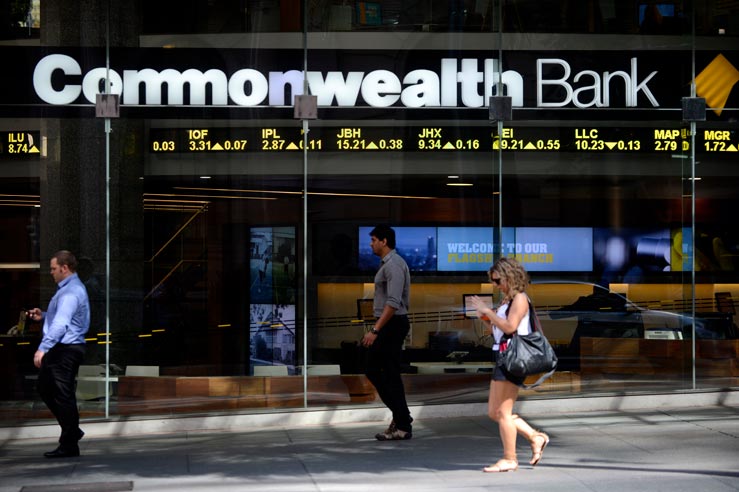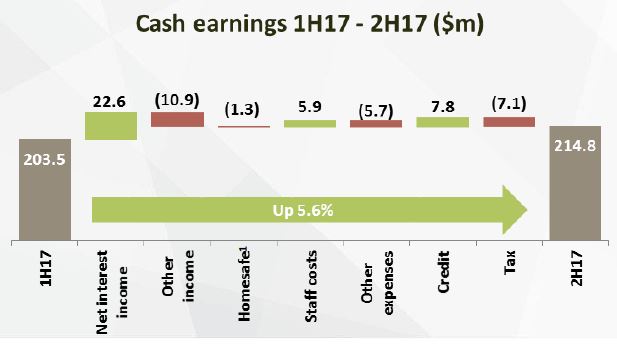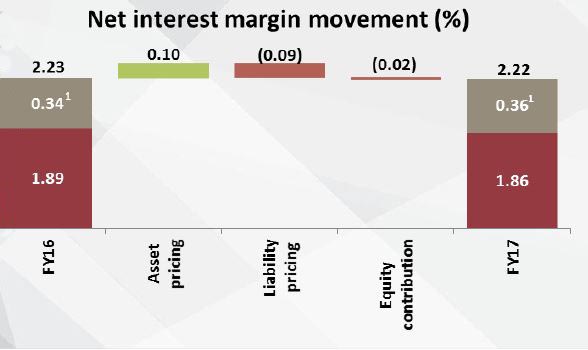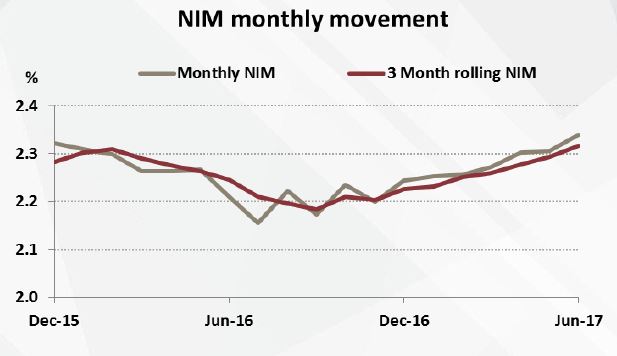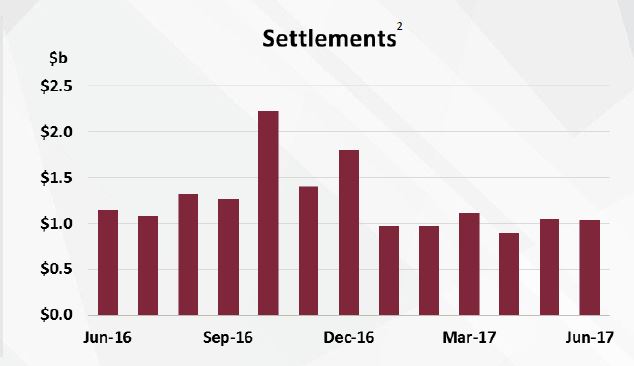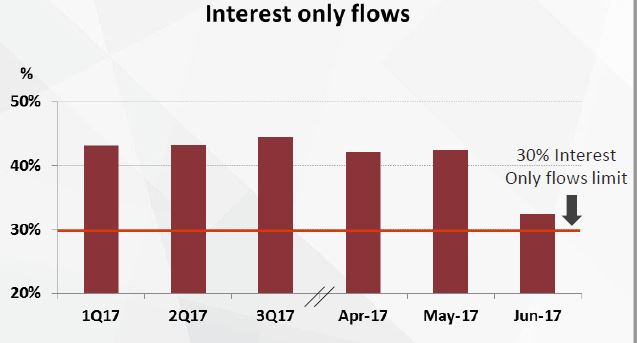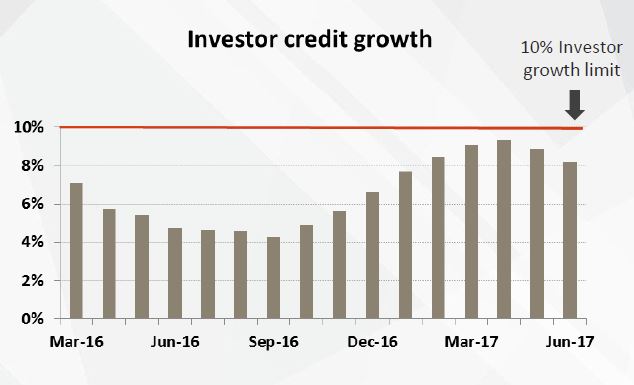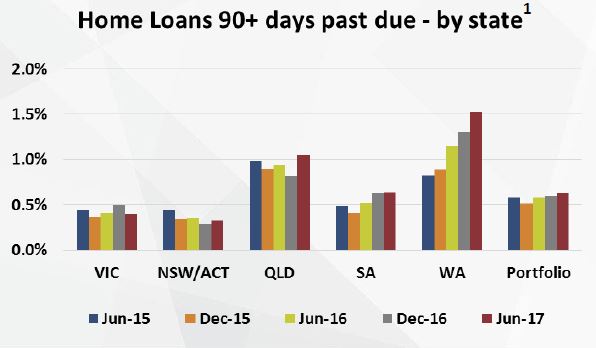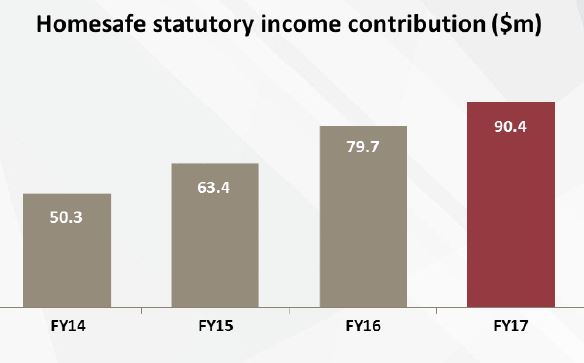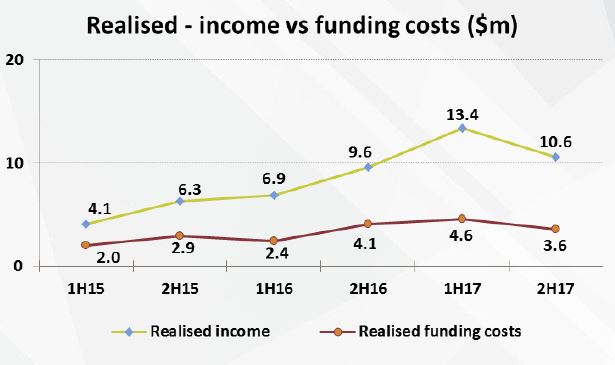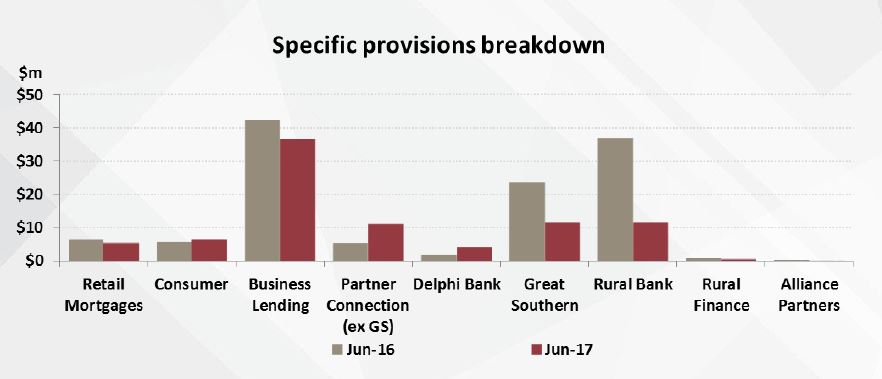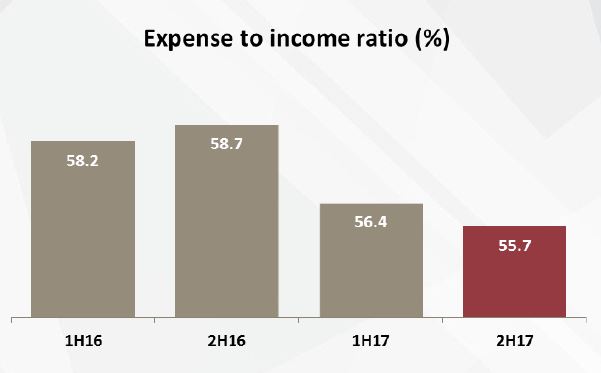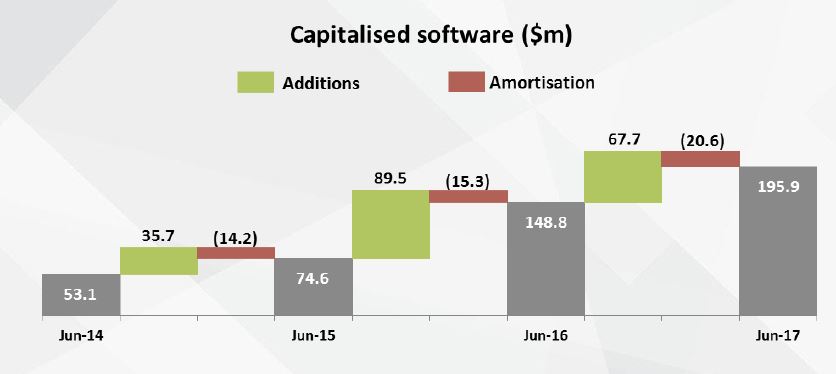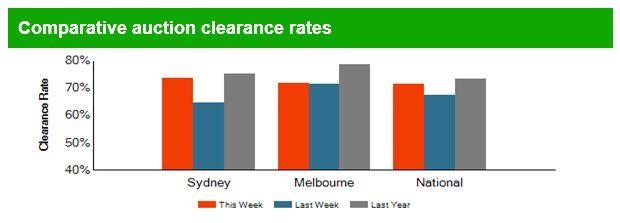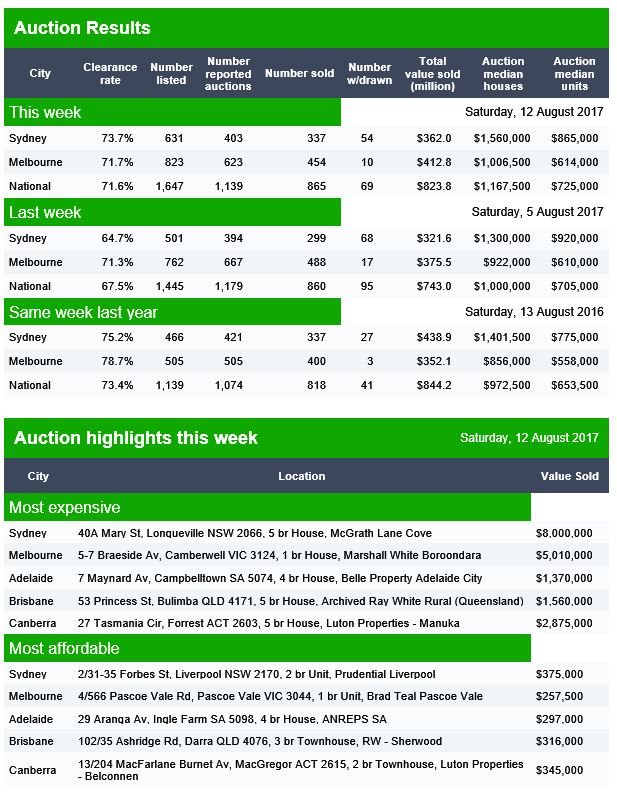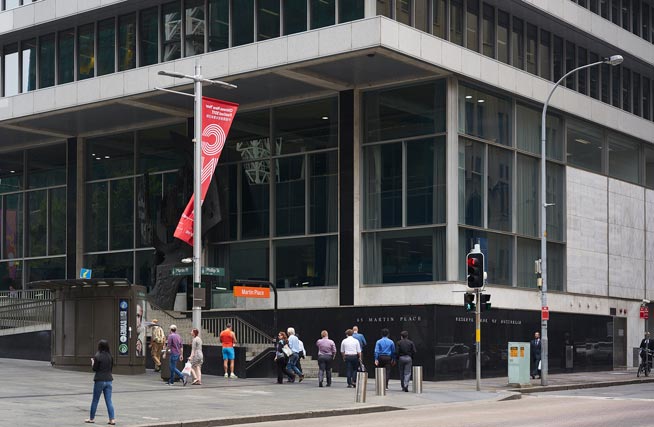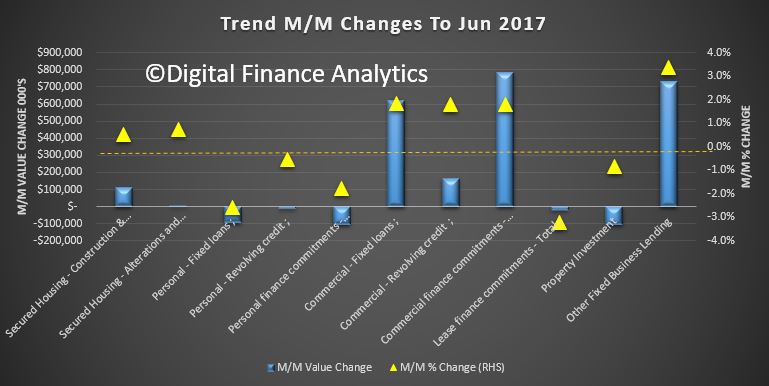Australian banks are borrowing money at record-low rates from their term-deposit customers, despite needing their cash more than ever.
Dozens of institutions have cut the interest rates they pay on locked-away savings, even though the Reserve Bank hasn’t touched the official cash rate since August last year.
The RBA reported in recent days that rates on three-month and six-month term deposits have fallen to record lows.
Martin North, finance expert at Digital Finance Analytics, said savers are “trapped” and “copping it”.
“The banks have quietly been eroding the returns on deposits at the same time as they’ve been lifting the interest rates on their mortgages,” he told The New Daily.
“It frustrates me that everybody is fixated on mortgage rates, but we’ve got this other segment of the population that is intrinsically trapped by these lower interest rates.”
 Average rates on three-month term deposits peaked at 6.55 per cent in 2008, just after the global financial crisis, and have plunged ever since. In July, the latest figures available, the average rate fell below 2 per cent for the first time since records began in 1982.
Average rates on three-month term deposits peaked at 6.55 per cent in 2008, just after the global financial crisis, and have plunged ever since. In July, the latest figures available, the average rate fell below 2 per cent for the first time since records began in 1982.
Back in 2008, a saver with $10,000 could have earned $163 for locking away their cash for three months. Now, with the average rate at just 1.95 per cent, they’d be lucky to get $48 for their trouble.
Since the RBA cut rates last year, 59 institutions have slashed their three-month term rates (compared to four increases); 47 have cut one-year rates (with only 17 increases); and 24 have cut five-year rates (compared to just six increases), according to comparison website Canstar.
“My suspicion is we’re not going to see term deposit rates go up until we see the Reserve Bank go up,” said Steve Mickenbecker, chief financial spokesperson at Canstar.
“The banks have not felt any need to compete harder.”
More galling for borrowers is the fact, revealed by the RBA, that banks need term depositors more than ever.
RBA assistant governor Christopher Kent told an event in Sydney on Wednesday that banks are increasingly borrowing from everyday Australians the money they use to fuel their profits, rather than from expensive overseas bond markets like New York.
Deposits now account for 60 per cent of bank funding, Mr Kent said, up from lows of 35 per cent before the financial crisis – a shift he described as “quite stark”.
This is because the market and regulators have pressured the banks to rely more on term deposits, as this source of funding is considered more resilient to economic shocks.
Here’s how to make the banks pay more for the money they need.
Term is better than nothing
Finance analyst Martin North said many Australians have their money in online savings accounts, without realising they could be getting a better deal from a term deposit.
“There are many people holding their money at call, rather than in term. They will probably not be aware how much their interest rates have dropped in recent times because a lot of people set and forget,” he said.
In July, online savings accounts were paying a miserable 1.65 per cent on average – compared to 1.95 per cent for three and six-month terms, 2.25pc for a year, and 2.5pc for three years.
“If you can afford to tie your money up for a bit longer, it’s probably worth it because you’ll get better rates.”
Never break a contract
Mr North said it is “almost always” a bad idea to pull money out of a term deposit before it reaches maturity in order to take up a better offer elsewhere, as you will often be charged a hefty penalty.
“If you’ve got money in a term deposit, you’ll be locked into a specific term. It’ll be a contract,” he said.
“So be very careful about breaking contract to chase higher rates, as you’ll be charged an arm and a leg to do that.”
Look beyond the big banks
Term deposits are not just offered by the big four banks. They are available at smaller banks, community banks, credit unions and building societies across Australia, so it could be a good idea to compare widely before choosing an account.
“Don’t just automatically assume that the bank you’re with gives you the best rate, because they may not. There’s no guarantee they are,” Mr North said.
“So shop around.”
Never auto-renew
Steve Mickenbecker at Canstar said one of the biggest mistakes made by term depositors was rolling over at the same institution, without comparison shopping.
“If you go into term deposits, be prepared to be a little bit active. Maybe that means going for your six or 12-month term, but be prepared to shift when you get to the end of that term,” he said.
“Never do an auto renew. Look at the rates on offer every time you approach maturity.”
Be wary of super-long terms
Banks may be keen for long-term customers, but the market expects the RBA to lift rates relatively soon.
Mr North said locking away your money for too long could mean you miss out when rates eventually rise.
“Bear in mind that the likelihood in the medium term is that rates will go higher still, so you probably don’t want to go out too far because effectively you might be sitting on a rate that in two years time looks rather cheap.”
Consider an annuity
An alternative to the term deposits sold by banks are short-term annuities offered by life insurance companies, with terms of one year or more.
Justin McMillan, financial planner at Perth-based Smart Wealth, said annuities have better rates because providers are “aggressively” chasing new customers.
“Annuities are basically like extended term deposits, but the rate, because it’s from a life insurance company rather than from a bank, is normally better,” Mr McMillan said.
“They are a growing product, so it’s really a market share play.”
Anyone is eligible, and two of the biggest providers are Challenger and CommInsure. But remember: unlike term deposits, they are not guaranteed by the government.
Editors note. DFA changed the wording in the fourth paragraph as the original article as written confused borrowers with savers!


